Specialized metal stitching repair cast iron parts by literally stitching the damaged metal pieces together to fix the structure of the part without replacing it, not to mention the expense involved with industrial downtime, which is where metal stitching comes in. If the metal or cast iron piece is undamaged, then metal stitching is a safe restoration method. This technique proves to be quite helpful in many fields.
What is metal stitching repair?
Mechanical “metal stitching” repairs cast iron components. It makes use of specially made stitching pins or locks in holes that are drilled around the broken area. The technique “stitches” the broken part, hence enhancing the strengthening and performance. Unlike welding or melting, metal stitching does not degrade metal characteristics since it makes use of very little heat.
How Does Metal Stitching Work?
The process of metal stitching can be broken down as follows:
Drilling and preparation
Metal welding begins by assessing the damage and preparing the surface. In order to make the repair easier, technicians clean up mud, corrosion, and other material around the crack or fracture. After cleaning, the edges of the fracture are precisely drilled. The spacing of the holes is usually even to distribute sewing pins. In the process of Crack repair by metal stitching this is an essential process.
Inserting stitching pins or locks
In the process, making holes with stitching pins or locks, then the next process continues. These pins connect metal materials of high quality. The pins pull together broken metal. This step restores structure and simplifies the next one.
Sealing and Finishing
Once the sewing pins are in place, close the repair. Caulk or glue could reinforce the bond and prevent leaks and loss of integrity. Any extra material should be ground down to smooth the surface for painting or treatment.
Advantages of metal stitching
The advantages of metal stitching are numerous, making it a preferable way to conduct repairs in many situations:
Non-invasive and Retains Original Material Properties:
This is because the original part will not melt or twist. Metal stitching works cool, thereby maintaining shape, unlike welding. This is important in maintaining hardness, strength, or heat conductivity. Metal stitching reduces the stress and deterioration of components without heating; thus, it retains its usability and performance. The reason the non-invasive technology is valuable is because of the need for accuracy and quality materials needed in aviation, automotive, and heavy equipment.
Suitable for In-Situ Repairs
Heavy objects are best repaired at site using Metal stitching cast iron repair. Repairs at site save on downtime and expenses related to transporting heavy tools or industrial equipment to a workshop or repair facility. Quick on-site maintenance redeems industrial and power generation businesses. In-situ metal stitching allows the repaired item to be assessed in its natural location, which speeds up the repairs.
Strong and Permanent Repair Method
Mechanical joints with metal stitching are solid. Stitched bits of high-strength metal alloy hold the crack or fracture. This mechanical joint can cope with huge weights, far stronger than the component. This metal stitching is a very solid repair process that, in some cases, may prolong highly critical parts. Metal stitching leaves repairs safe and reliable under drastic conditions. It repairs cases such as engine blocks, casings of machinery, and even structures.
Cost-effective Compared to Replacements
In a technological manner, the stitching of metal is cost-effective and a better alternative to replacement. Replacing metal is relatively cheaper in terms of stitching. The repair of big or certain types of specific replacements of components costs very high, and the replacements will cost you less. Technology-stitched metal repairs a broken part rather than buying it new, which saves businesses time and money. Metal stitching extends the life service of the components and makes the maintenance cost-effective and eco-friendly.
Common Applications of Metal Stitching Repair
Applications After numerous applications, metal stitching is generally being applied in virtually every industry, making it a versatile repair method. Applications that have been commonly emerging are as follows:
Engine blocks and turbine casings
The metal stitching is common in repairing cracked engine blocks and turbine cases. These are very significant elements and therefore can be subjected to different amounts of stress and large temperature variations in commercial setups. Such types of cracks and fractures might lead to catastrophic failures if not rectified by enough time. The metal stitching repair works on these critical elements, hence, safe operation. Tough conditions can be withstood through refurbished engine blocks and turbine casings, as the technique retains heat conductivity and shape. This makes the procedure cost-effective and valuable for power generation, automotive, and aerospace industries.
Historical Artifact Restoration
Metal stitching is used to restore the antiques and the cast iron, which in turn is restoring industry. In this respect, metal stitching allows conservators to repair cracks and other forms of damage without actually destroying the artifact. It helps in allowing conservators to repair cracks and other forms of damage without actually destroying the artifact. This preserves the historical quality and appearance for years to come. Metal stitching protects our culture by safely repairing old machinery and architecture.
Industrial Machinery and Heavy Equipment
The manufacturing equipment should be dependable and efficient. Repairing large industrial equipment with metal stitching minimizes this downtime and makes work smooth. This will be a quick, permanent repair of crucial industrial parts without replacing them or bringing down operation. Companies dealing with manufacturing and processing require this since even a little downtime may be expensive. Metal stitching, which is done on site, repairs the component in question and therefore guarantees industrial efficiency. This method will definitely guarantee the effectiveness and safety of the equipment.
Examples of successful metal stitching projects:
Metal stitching is a solution to some of the most critical uses in a wide cross-section of industries. A study of cases indicates that it is possible to repair lost ends or lugs and broken processes in large equipment steam engines, cast iron dishes, and hydraulic cylinders.
Challenges and Considerations
Limitations of Metal Stitching Repair
Metal stitching is useful but not for all repairs. Metal stitching does not work for heavy material loss or severe impact fractures. Sometimes the damage is just too big to be fixed. Further, more intricate repairs are necessary, which might entail welding or replacing particular elements. High-stress environments, where the affected area will be subjected to pressure the repair cannot accommodate, are not conducive to metal stitching. The limitations of metal stitching must be realized in order to repair a component that has been affected by this.
Scenarios Where Metal Stitching May Not Be Suitable
Metal stitching may not be the best solution. Rusty or defective metal stitching can fail. Corrosion damages contiguous material, making repairs difficult. Metal stitching also may not be appropriate for metals and alloys specifically heated or made, which require particular repairs. Here, treatment processes that are specific to an element may be needed. To establish whether metal stitching is appropriate, review the damage and the material. It is to ensure that the repair holds and lasts.
Importance of Professional Expertise in Metal Stitching
It must be done by a metal stitching specialist to benefit from it, but on the other hand, if the technician is not skilled, repairs using metal stitching are unsuccessful. Quality control guarantees the stitching is done under industry standards. This is for reasons of concern to safety products; professional help thus guarantees that the repair is effective, sturdy, and permanent; therefore, the chances of failure are minimized. Metal stitching repairs that are carried out in areas that are critical to safety and performance must be done by specialists.
Conclusion
Master the concepts of Metal stitching cast iron repair and the necessity to restore cast iron and metal components across various fields. Otherwise, you can also hire the professionals for the tasks. L Strategies Stitching is cheap, durable, and non-destructive; this is why manufacturers, renovators, and repairers adopt L. It has a variety of defects, but by and large, it is functional in a number of scenarios, which demonstrates that, for the most part, being successful at repair needs expert knowledge. Still relevant, it saves material and extends service life.




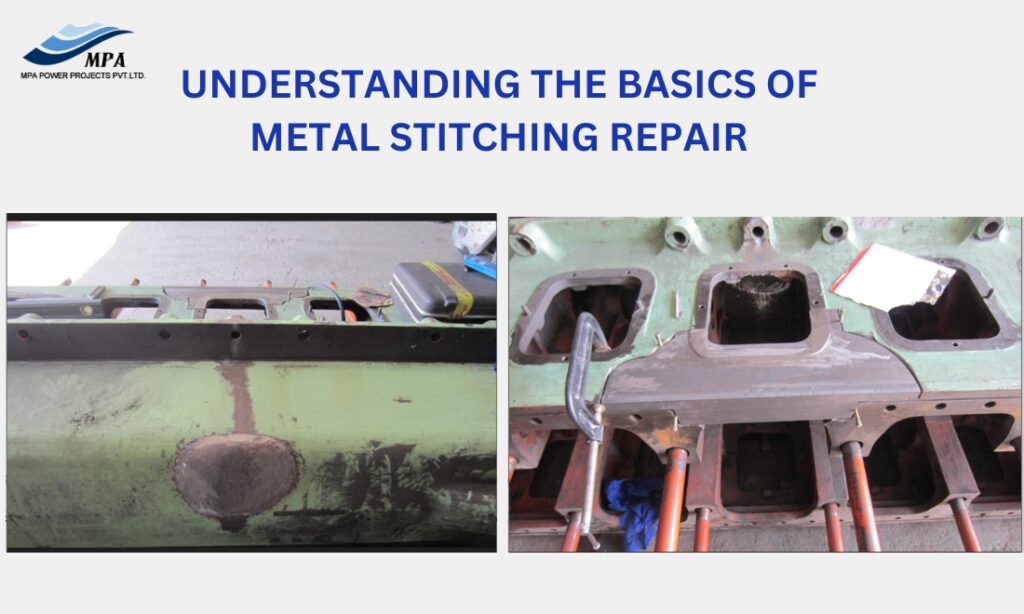
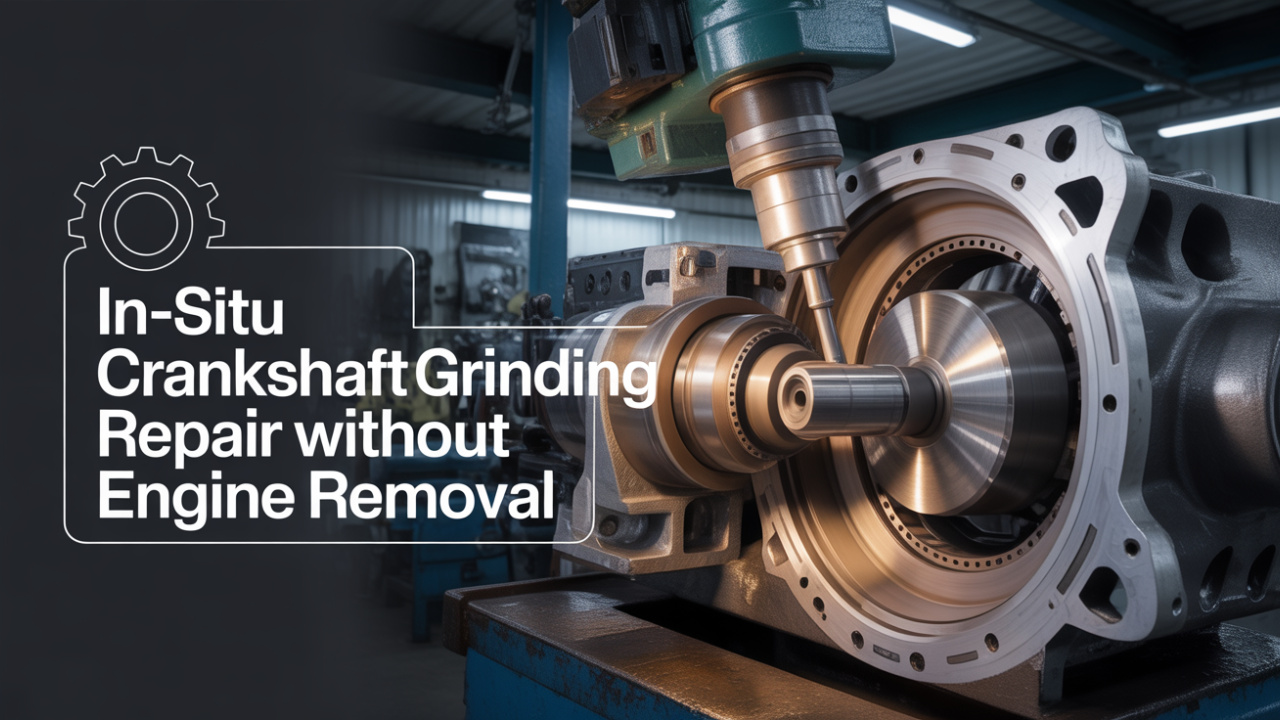
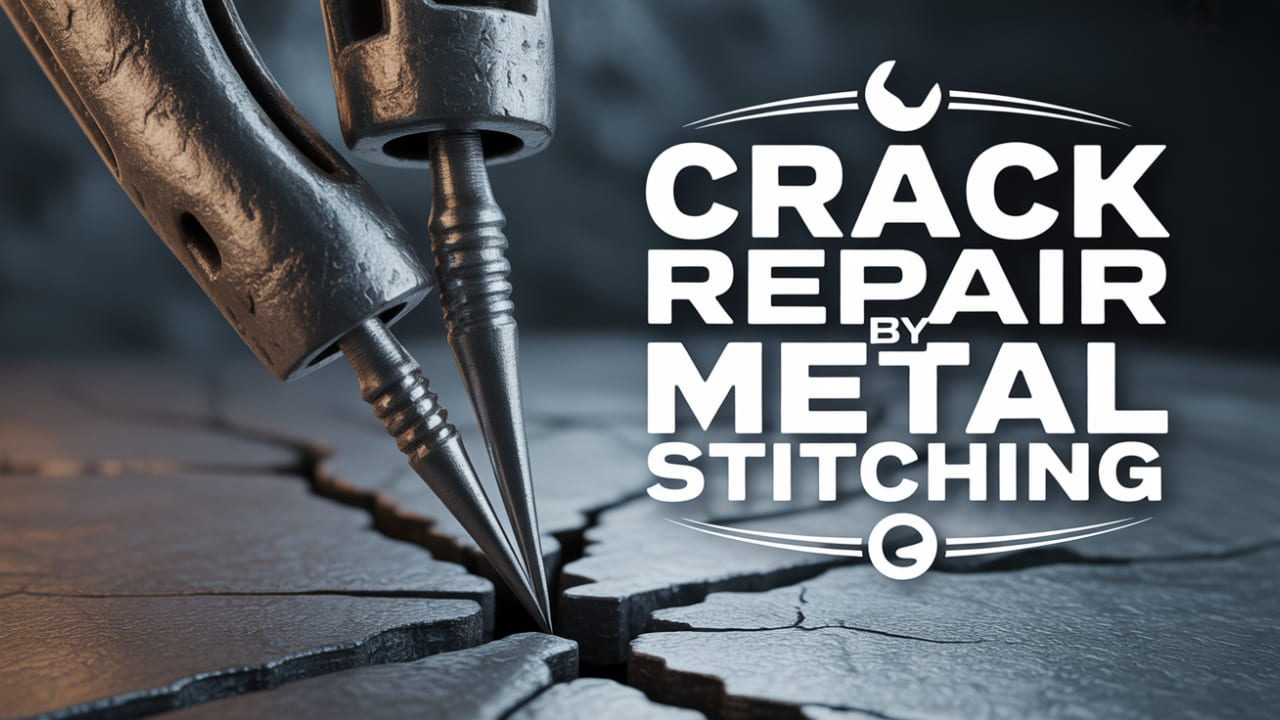
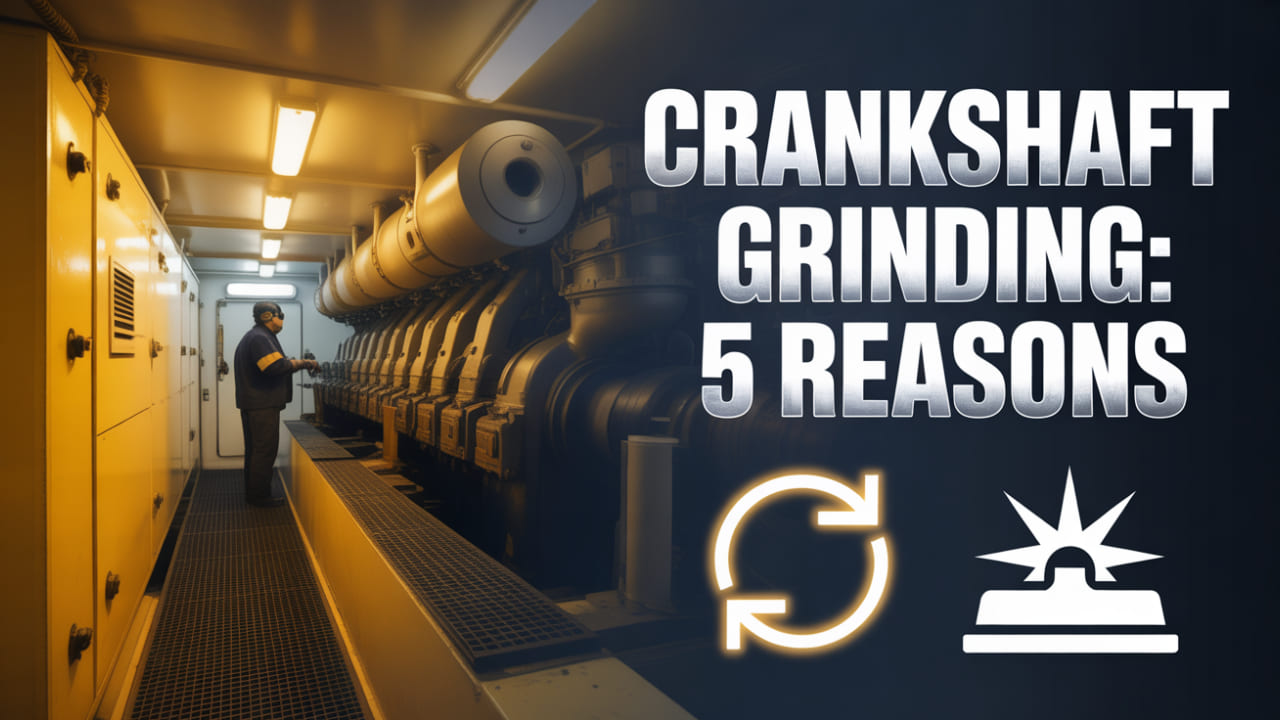
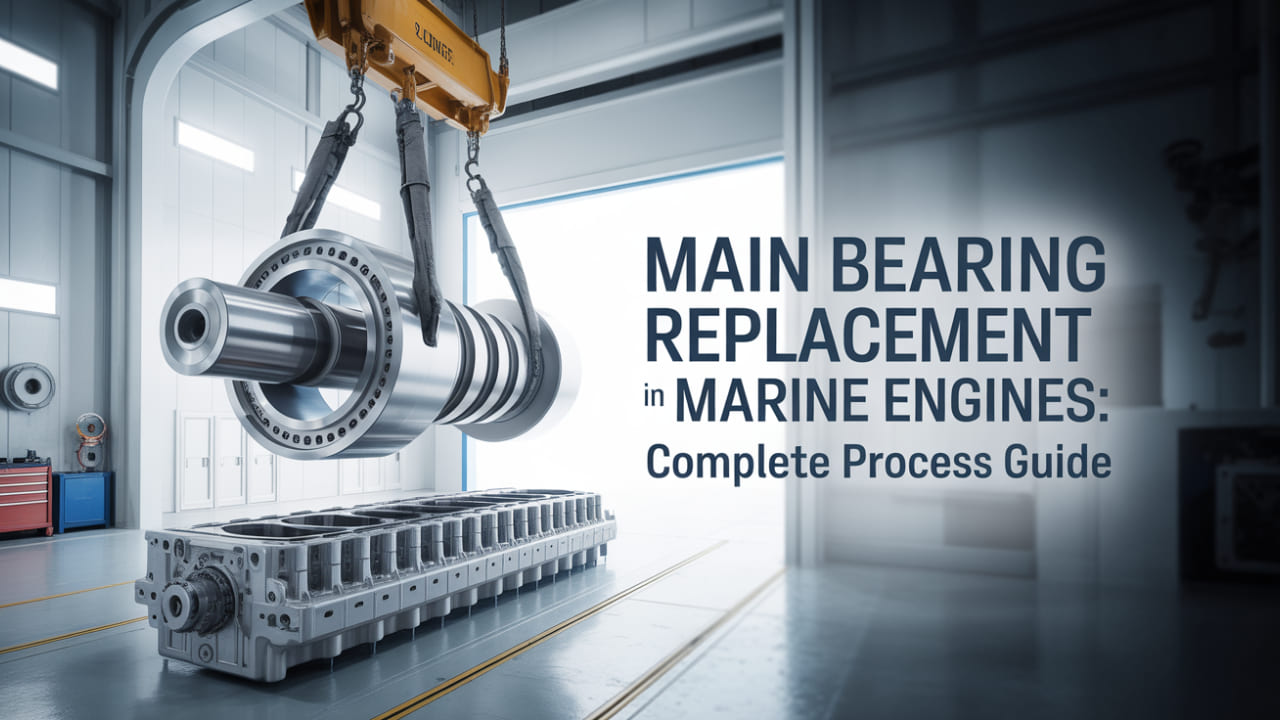
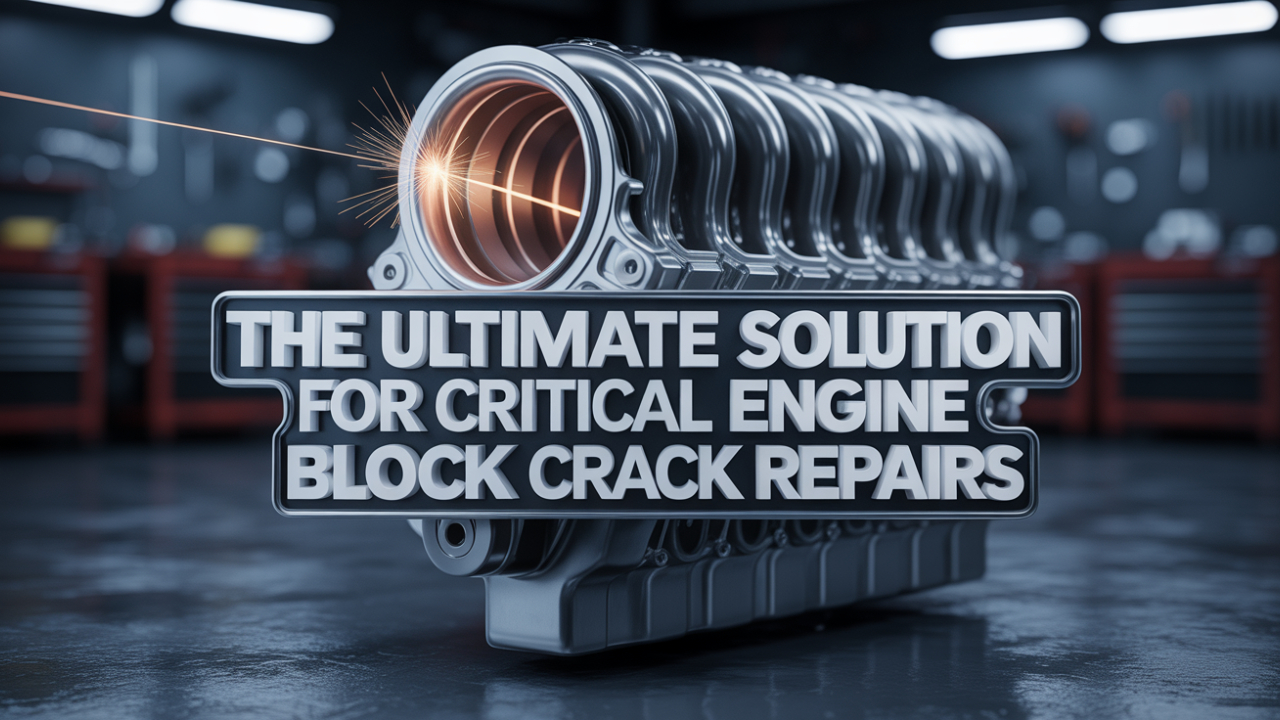
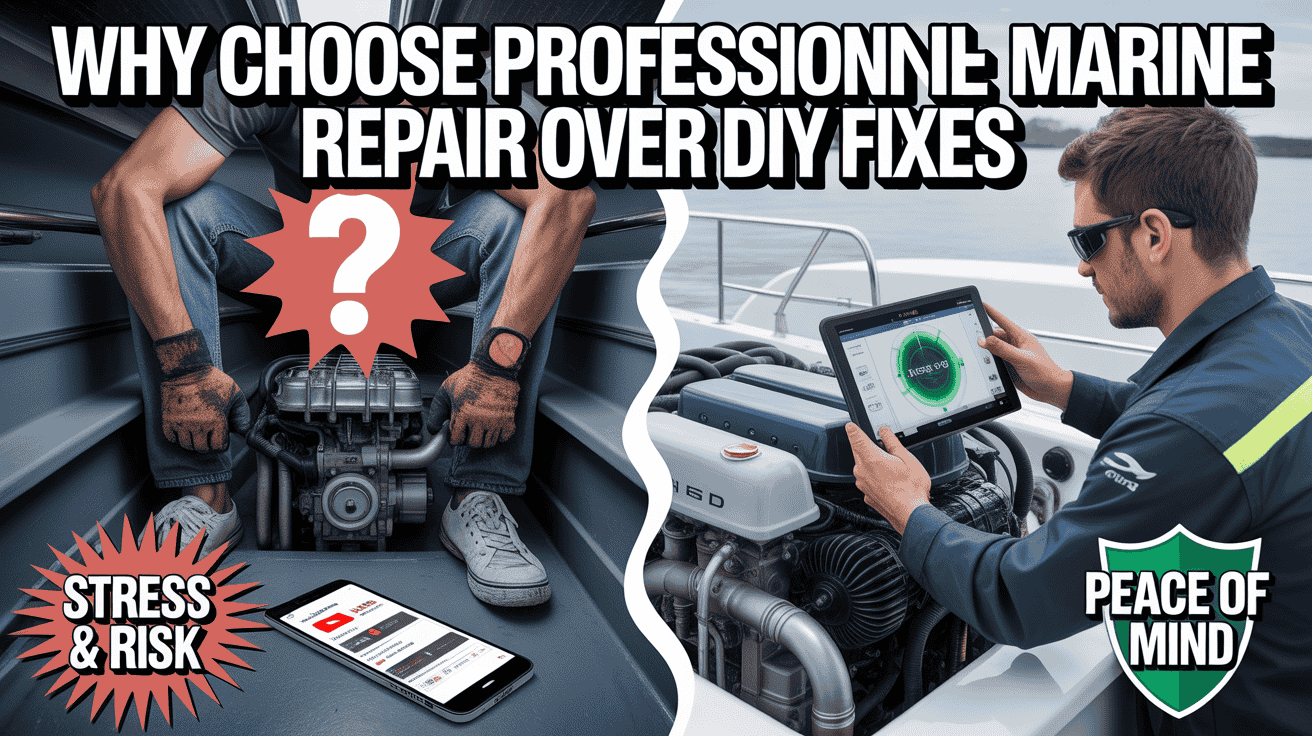
No Comments